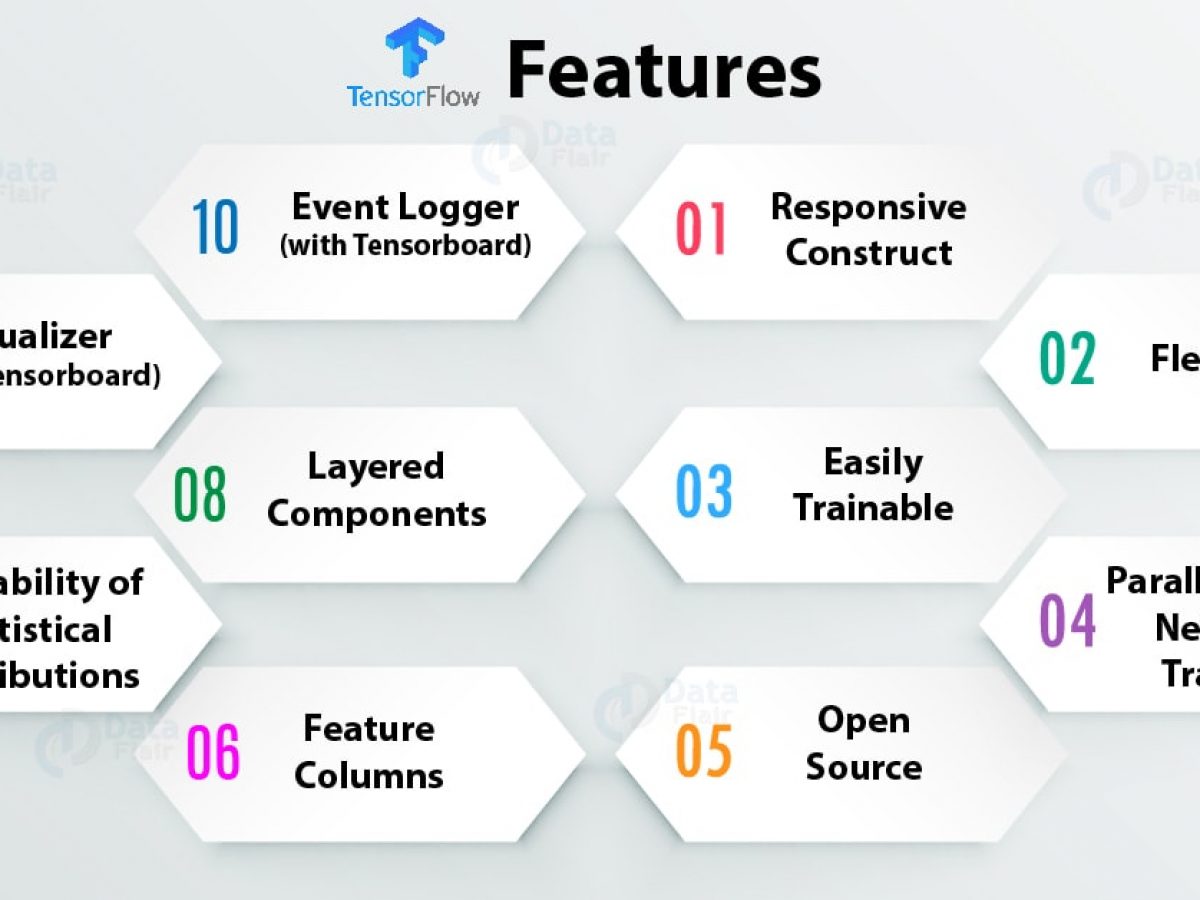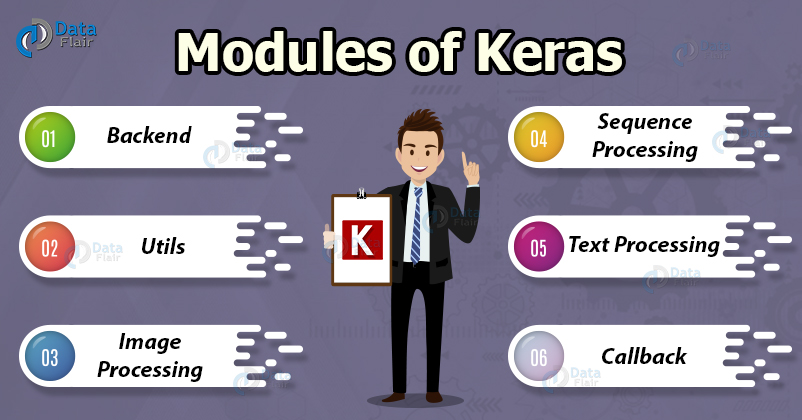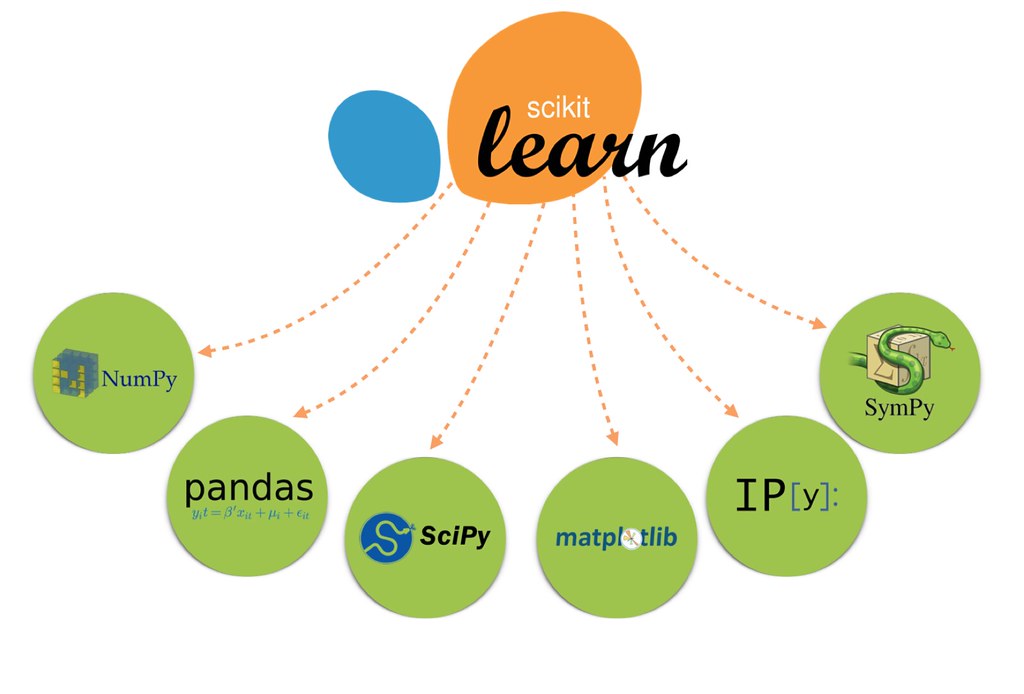
Computer Vision
Computer vision is the field of computer science that focuses on replicating parts of the complexity of the human vision system and enabling computers to identify and process objects in images and videos in the same way that humans do. Until recently, computer vision only worked in limited capacity
Object classification. The system parses visual content and classifies the object on a photo/video to the defined category. For example, the system can find a dog among all objects in the image.
Object identification. The system parses visual content and identifies a particular object on a photo/video. For example, the system can find a specific dog among the dogs in the image
Object tracking. The system processes video finds the object (or objects) that match search criteria and track its movement.
Artificial intelligence: (AI) refers to the simulation of human intelligence in machines that are programmed to think like humans and mimic their actions. The term may also be applied to any machine that exhibits traits associated with a human mind such as learning and problem-solving.
Machine learning: is a method of data analysis that automates analytical model building. It is a branch of artificial intelligence based on the idea that systems can learn from data, identify patterns and make decisions with minimal human intervention.
Deep learning is a subset of machine learning in artificial intelligence that has networks capable of learning unsupervised from data that is unstructured or unlabeled. Also known as deep neural learning or deep neural network.
Technologies:
- - TensorFlow
- - Keras
- - Scikit learn
- - Microsoft Cognitive Toolkit
- - Speech Recognition
- - Theano
- - Caffe
- - Accord.NET
TensorFlow

Keras

Scikit Learn

Microsoft Cognitive Toolkit

Accord.Net




